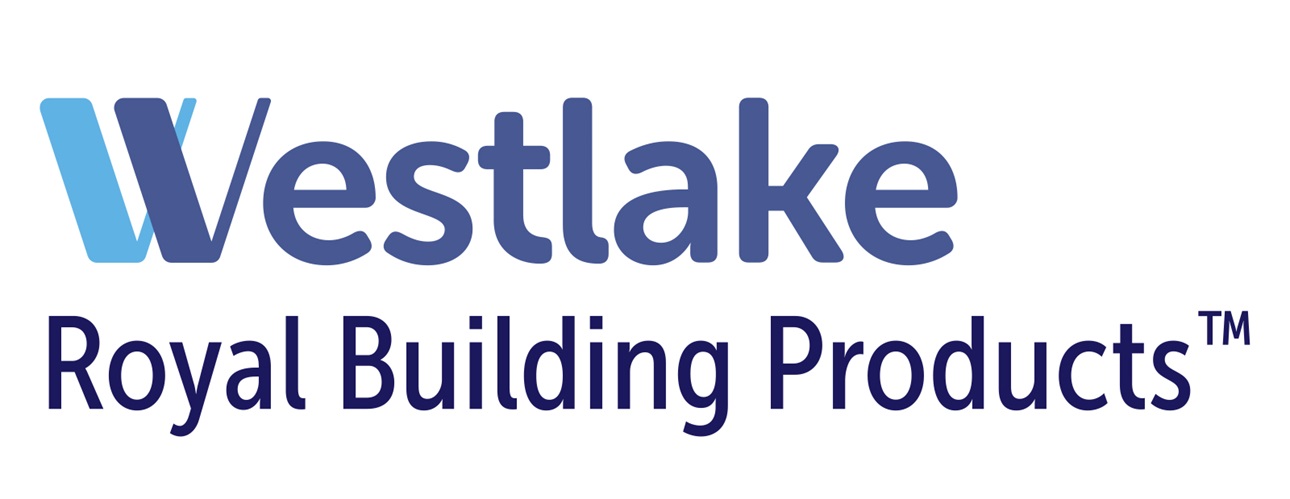A Critical Element of Universal Design and Aging-in-Place Renovations
What is the most important factor contributing to the success of a complex, universal design renovation project for a client with special needs? Teamwork.
“I’ve been building homes for the last 20 years, including modified homes and homes for people with disabilities,” said Travis Camerio, a general contractor, Certified Aging-in-Place Specialist (CAPS) and owner of Camerio Builders, Inc. in Braselton, Ga. “The most important thing I’ve learned in my career as a contractor is never to tackle a specialty job like this one by yourself.
“You really need a team of professionals to guide you along the way. If you really want your client to benefit, you need to understand that two heads are better than one, and four heads are better than two.”
During the recent NAHB webinar, Addressing Multi-Faceted Needs in AIP & UD Renovations, Camerio was joined by occupational therapist Peggy Freedman, rehabilitation nurse and case manager Jane Norman and mobility specialist Garol Orr. The team members shared how they worked together to remodel a home that needed to accommodate not only a client who suffered a catastrophic brain injury, but his family and care team as well.
As a result of the brain injury, the client now relies heavily on others for nearly everything, including bathing, eating and dressing. The client also suffers from neurological issues, all of which had to be taken into consideration when assessing the original home and designing rehabilitative spaces.
“We looked at placement of the commode, we took measurements and looked at exactly where grab bars needed to be in the shower area and the precise types of grab bars that were needed,” said Freedman. “We considered what we needed to do in the kitchen to protect a client with cognitive problems, from setting the house on fire and cooking when he shouldn't — things like that.”
One of the most noteworthy additions to the home was a therapeutic sensory room to help the client with episodes of irritability and other cognitive disruptions. The whole room was designed to create a soothing atmosphere, from the specially coordinated LED lights installed throughout to the calming Vibro Table, as well as myriad sound-reduction elements to minimize outside noise.
The team considered the client’s future needs as well, using a full evaluation of the client’s medical diagnosis and limitations, and conducting interviews with the client’s family and therapists. Case manager Norman gave the interdisciplinary remodeling team the outlook for the client’s needs in five to 10 years so they could design accordingly.
As important as the accessibility and aging-in-place features of the home are, the home also needed to be comfortable for the client’s wife, his care team, and other family and guests. These features included a separate bathroom for the nurses, separate laundry rooms, extra dining areas, removable safety gates and an accessible, fenced-in inground pool.
“This is such a great design as far as the accessibility of it,” said Orr, “yet if this home were to be put up for sale, it would still be appealing to a broad range of buyers, which is another reason why it’s so fantastic.”
That teamwork helped the project win Best Entire Home Renovation – Aging in Place at the 2021 NAHB Remodeling Awards.
The webinar recording is available for free to NAHB Council members and CAPS designees. This webinar was offered as part of NAHB’s celebration of National Home Remodeling Month, sponsored this year by Westlake Royal Building Products.

Latest from NAHBNow
Jan 12, 2026
NAHB’s Monthly Update Features 2026 Advocacy PrioritiesThe update provides the latest messaging framework to help members articulate the Federation's housing priorities.
Jan 09, 2026
Finalists Announced for the 2025 The Nationals AwardsNAHB announced the Silver Winners for The Nationals, powered by Chase. These awards celebrate the best in new-home sales and marketing and include 55+ housing, global innovation and NAHB Honors.
Latest Economic News
Jan 12, 2026
Household Real Estate Asset Values Fall in the Third QuarterThe market value of household real estate assets fell to $48.0 trillion in the third quarter of 2025, according to the most recent release of U.S. Federal Reserve Z.1 Financial Accounts. The third quarter value is 0.7% lower than the second quarter but is 1.5% higher than a year ago.
Jan 12, 2026
Growth for Custom Home BuildingNAHB’s analysis of Census Data from the Quarterly Starts and Completions by Purpose and Design survey indicates year-over year growth for custom home builders amid broader single-family home building weakness.
Jan 09, 2026
Townhouse Construction Share Gains ContinueAccording to NAHB analysis of the most recent Census data of Starts and Completions by Purpose and Design, during the third quarter of 2025, single-family attached starts totaled 46,000. Over the last four quarters, townhouse construction starts totaled a strong 179,000 homes, which is 1% higher than the prior four-quarter period (177,000). Townhouses made almost 20% all of single-family housing starts for the third quarter of the year.
